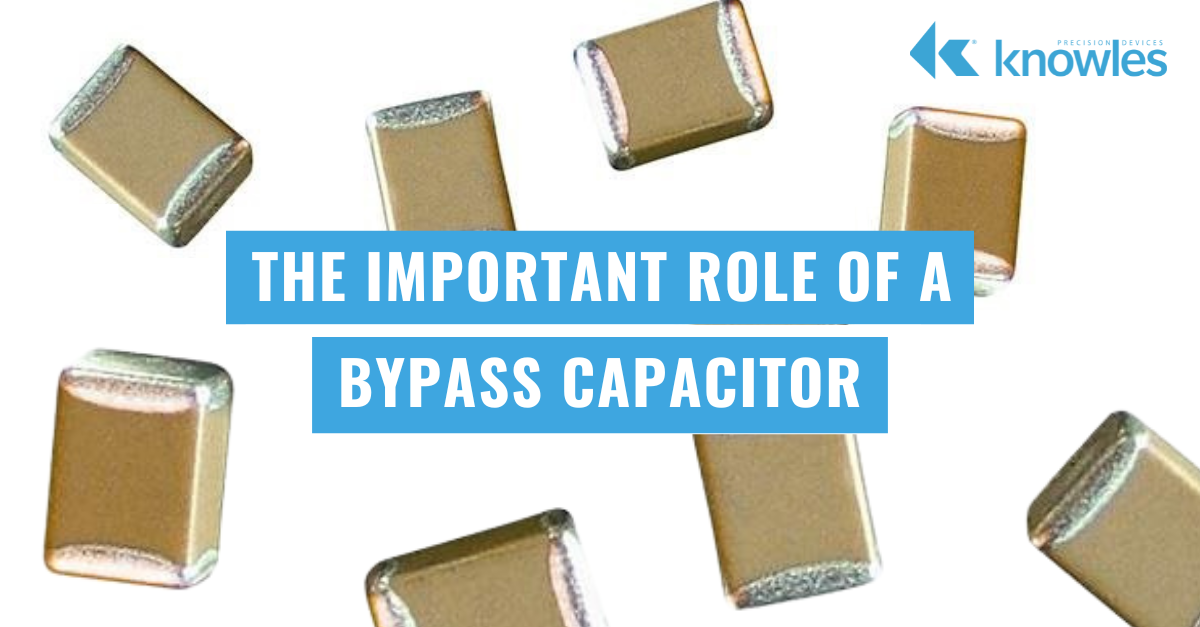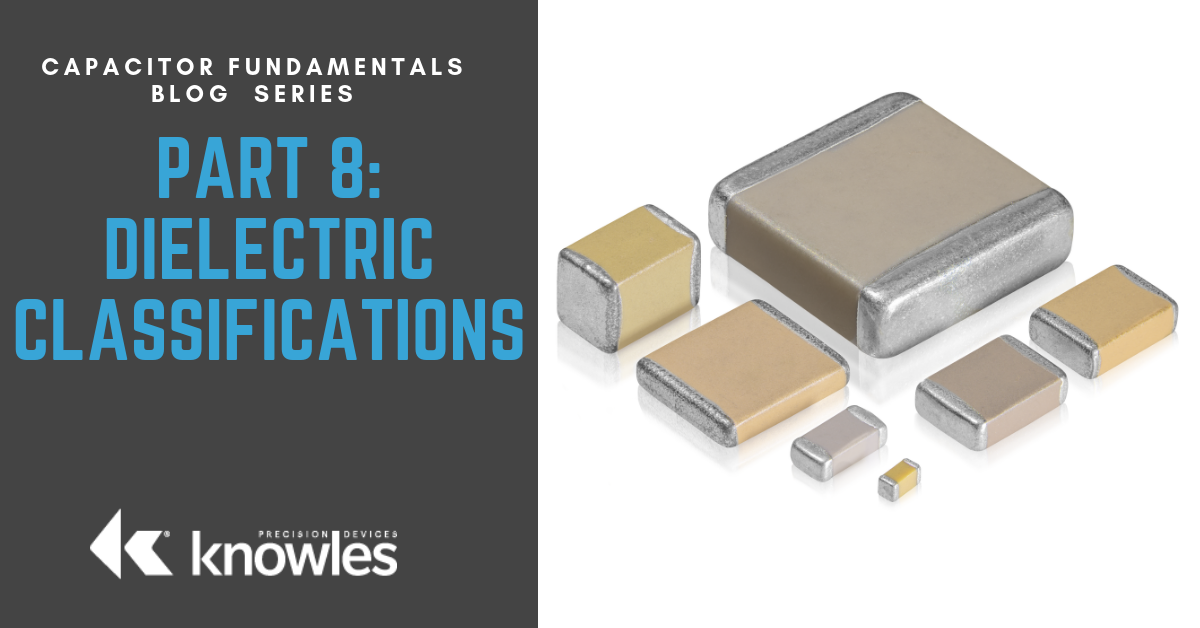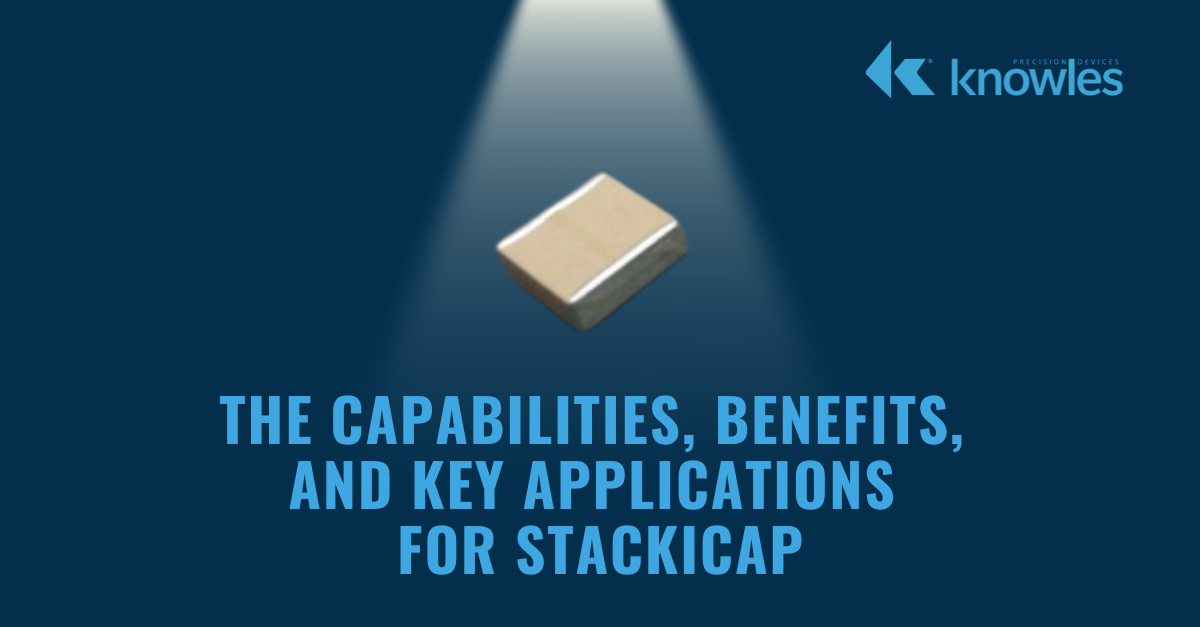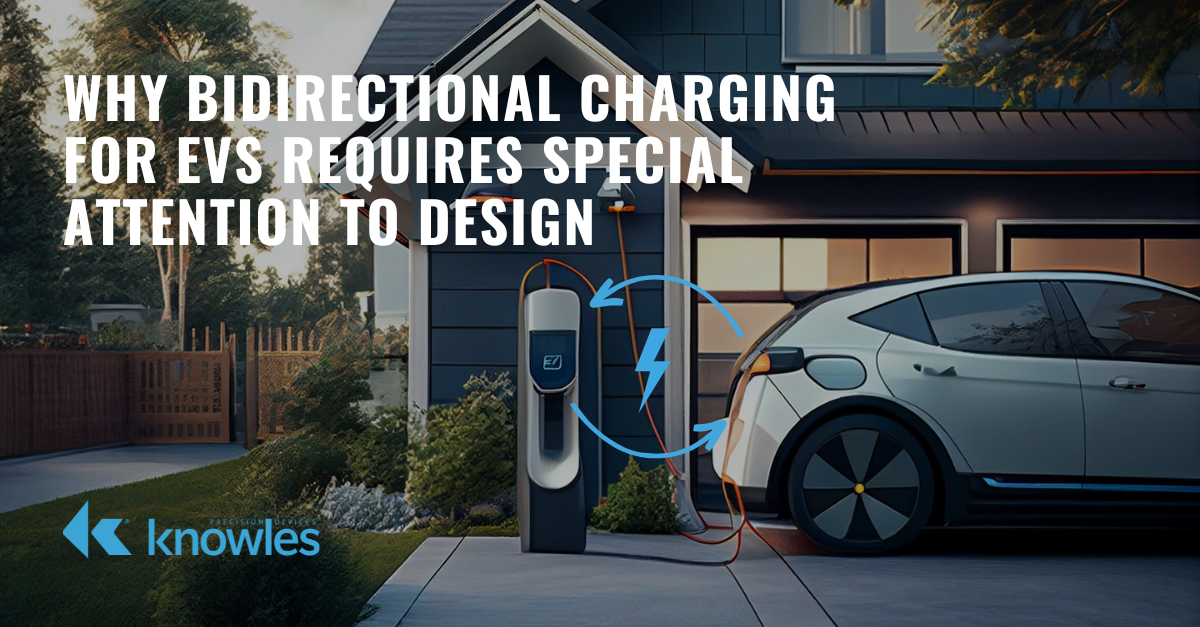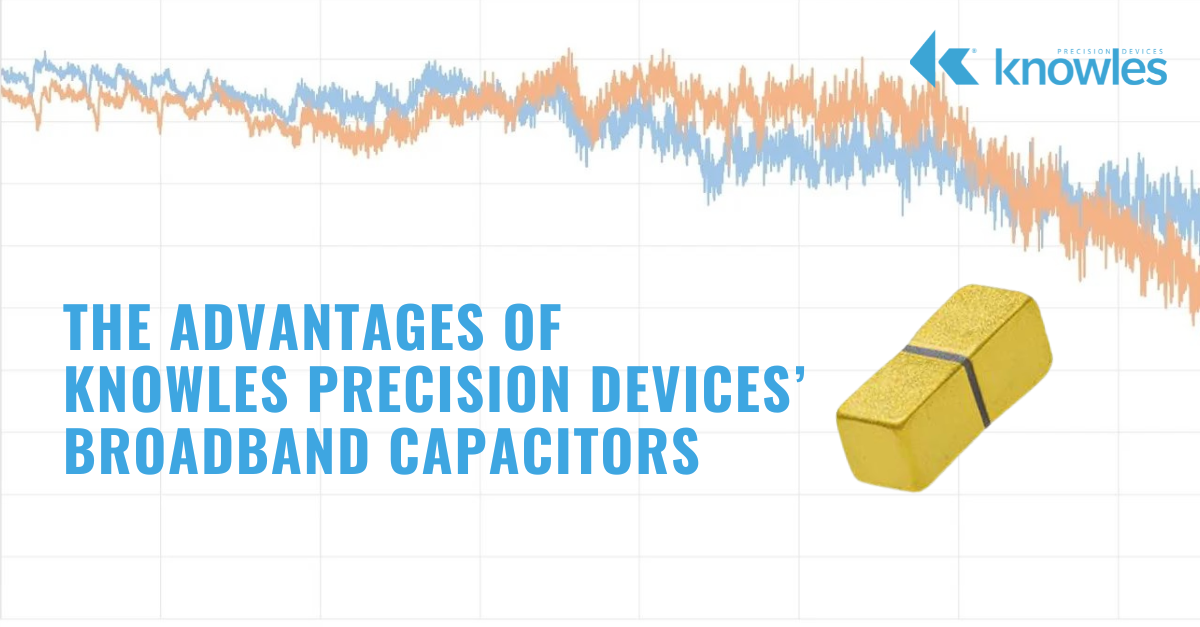Welcome to the Capacitor Fundamentals Series, where we teach you about the ins and outs of chips capacitors – their properties, product classifications, test standards, and use cases – in order to help you make informed decisions about the right capacitors for your specific applications. After describing dielectric classifications in our previous article, let’s discuss capacitor test conditions and electrical properties.
Capacitor Fundamentals: Part 9 – Test Parameters and Electrical Properties
Topics: Capacitor
Electronic devices provide the tools we need to power the world. From cell phones to modern vehicles to scientific equipment to the appliances in our homes, we rely on electronics to improve and even lengthen our lives. All electronics depend on clean power, and the bypass capacitor is crucial in ensuring devices safely meet their power specifications.
Topics: Capacitor
Capacitor Fundamentals: Part 8 – Dielectric Classifications
Welcome to the Capacitor Fundamentals Series, where we teach you about the ins and outs of chips capacitors – their properties, product classifications, test standards, and use cases – in order to help you make informed decisions about the right capacitors for your specific applications. After describing linear dielectrics in our previous article, let’s discuss the different types of dielectrics.
Topics: Capacitor
Welcome to the Capacitor Fundamentals Series, where we teach you about the ins and outs of chips capacitors – their properties, product classifications, test standards, and use cases – in order to help you make informed decisions about the right capacitors for your specific applications. After discussing ferroelectric ceramics in our previous article, let’s describe some interesting characteristics of linear dielectrics.
Topics: Capacitor
How The Shift to SiC-Based Semiconductors in Military Power Supplies Affects Capacitor Selection
To protect people and critical equipment, military-grade electronic devices must be designed to function reliably while operating in incredibly harsh environments. Therefore, instead of continuing to use traditional silicon semiconductors, in recent years, electronic device designers have started to use wide band-gap (WBG) materials such as silicon carbide (SiC) to develop the semiconductors required for military device power supplies. In general, WBG materials can operate at much higher voltages, have better thermal characteristics, and can perform switching at much higher frequencies. Therefore, SiC-based semiconductors provide superior performance compared to silicon, including higher power efficiency, higher switching frequency, and higher temperature resistance as shown in Figure 1.
Topics: Capacitor, Military and Aerospace, High Reliability
The Capabilities, Benefits, and Key Applications for StackiCap™ MLCCs
From industrial to automotive to aerospace applications, power electronics are demanding higher capacitance in smaller packages. Therefore, to meet both capacitance demands and size requirements, electronic designers simply cannot continue to add more capacitors. While capacitor stacking is an option, many stacked assemblies are still quite large and stacking often introduces new failure modes, such as piezo electric cracking (Figure 1).
Topics: Capacitor
Why Bidirectional Charging for EVs Requires Special Attention to Design
As interest and adoption increase in the electric vehicle (EV) arena, associated technologies are advancing quickly. Batteries are becoming more powerful and charging infrastructure is increasingly robust and efficient. With all these advancements, EV batteries are good for more than powering cars on the road.
Topics: Capacitor, Electric Vehicles
Capacitor Fundamentals: Part 6 – Ferroelectric Ceramics
Welcome to the Capacitor Fundamentals Series, where we teach you about the ins and outs of chips capacitors – their properties, product classifications, test standards, and use cases – in order to help you make informed decisions about the right capacitors for your specific applications. After describing dielectric properties in our previous article, let’s discuss some interesting characteristics of ferroelectric ceramics.
Topics: Capacitor
The Advantages of Knowles Precision Devices’ Broadband Capacitors
High-speed broadband and fiber optic devices used across a variety of communication and military and aerospace applications require circuits that couple RF signals. Since this involves removing the DC component and allowing only the high-frequency AC component to pass or bypass, this can be a complicated process. The blocking capacitor needs to present a near reflectionless transition at the frequency the line is seeing and at a bandwidth that allows the entire signal to pass without degradation.
Topics: Capacitor
Capacitor Fundamentals: Part 5 – Dielectric Properties
Welcome to the Capacitor Fundamentals Series, where we teach you about the ins and outs of chips capacitors – their properties, product classifications, test standards, and use cases – in order to help you make informed decisions about the right capacitors for your specific applications. After describing dielectric polarization and losses in our previous article, let’s discuss five dielectric properties that affect capacitor performance.
Topics: Capacitor


